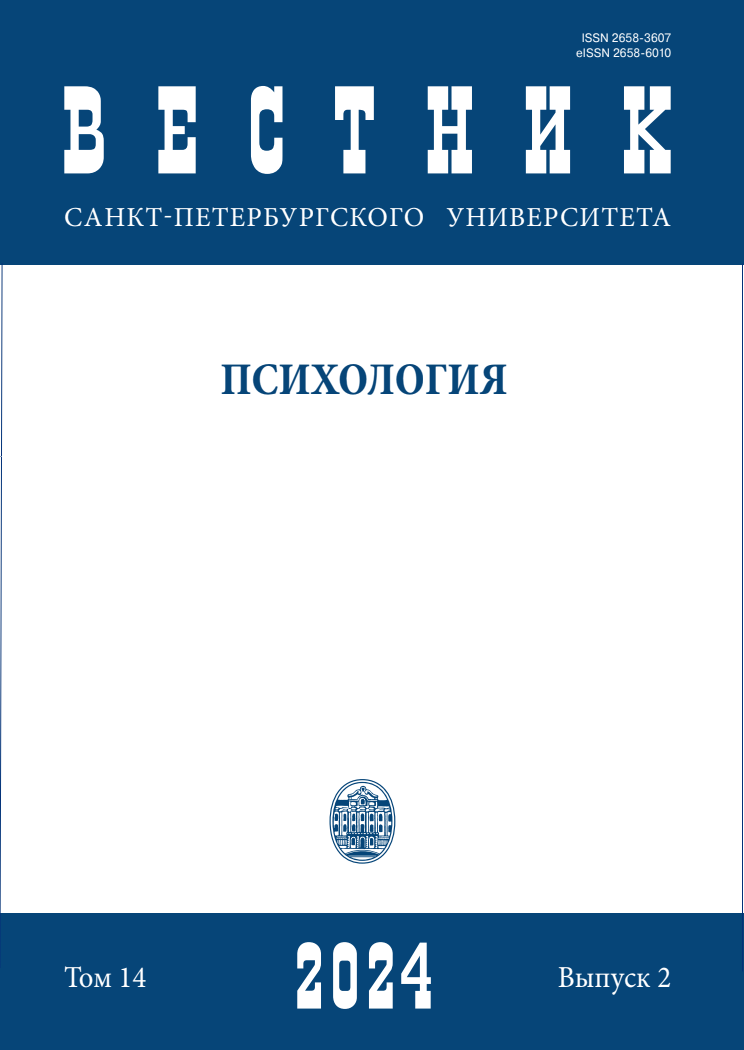Половозрастные особенности проявления различных типов агрессии в старшем подростковом возрасте
DOI:
https://doi.org/10.21638/spbu16.2024.201Аннотация
Статья посвящена исследованию половозрастных особенностей проявления различных типов агрессии в старшем подростковом возрасте. Представлен теоретико-методологический обзор литературы по заданной проблематике, в частности рассматривается динамика проявления различных типов агрессии у подростков, приводится обзор исследований, изучающих возрастную и гендерную специфику в проявлении агрессии, а также анализируются факторы, объясняющие различия в проявлении агрессии у мальчиков и девочек разных возрастных групп. Приведены результаты эмпирического исследования, проведенного на масштабной выборке подростков (N = 10 980) в возрасте от 15 до 18 лет. В процессе анализа показано, что физическая агрессия более явно выражена у респондентов мужского пола, а враждебность и гнев — женского. Результаты однофакторного дисперсионного анализа демонстрируют статистически значимое влияние эффекта пола на выраженность всех типов агрессии, при этом наибольший эффект наблюдается по показателю выраженности гнева, а наименьший — по показателю проявления враждебности. Также установлена возрастная неравномерность в проявлении различных типов агрессии в старшем подростковом возрасте. Было показано, что уровень физической агрессии в период 15–18 лет значимо снижается, а по показателям гнева и враждебности он остается стабильным после 15 лет. Влияние эф фекта возраста на выраженность всех типов агрессии также оказалось статистически значимо, при этом наибольший эффект наблюдается по показателю склонности к физической агрессии, а наименьший — по показателю проявления гнева. Полученные результаты подтверждают необходимость учета возрастных и половых особенностей при создании программ профилактики, а также расширяют базу исследований, направленных на изучение половозрастных особенностей подростковой агрессии и могут помочь исследователям в разработке технологий просветительской и профилактической работы с подростковой агрессией.
Ключевые слова:
агрессия, подростковый возраст, половозрастные особенности, гнев, враждебность, физическая агрессия
Скачивания
Библиографические ссылки
References
Загрузки
Опубликован
Как цитировать
Выпуск
Раздел
Лицензия
Статьи журнала «Вестник Санкт-Петербургского университета. Психология» находятся в открытом доступе и распространяются в соответствии с условиями Лицензионного Договора с Санкт-Петербургским государственным университетом, который бесплатно предоставляет авторам неограниченное распространение и самостоятельное архивирование.




